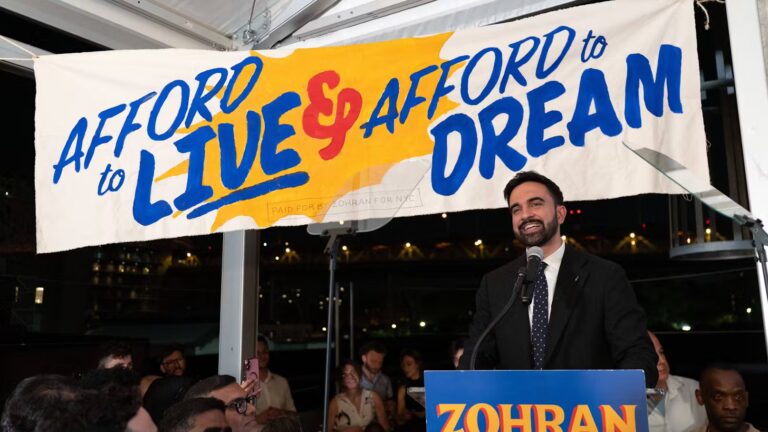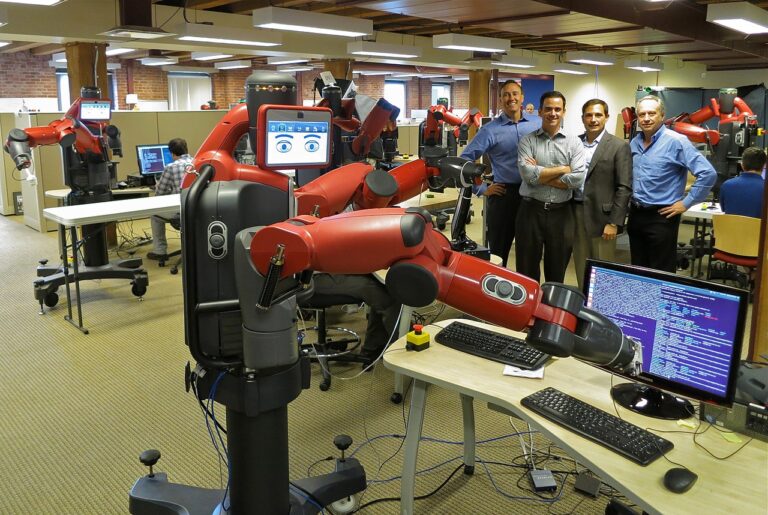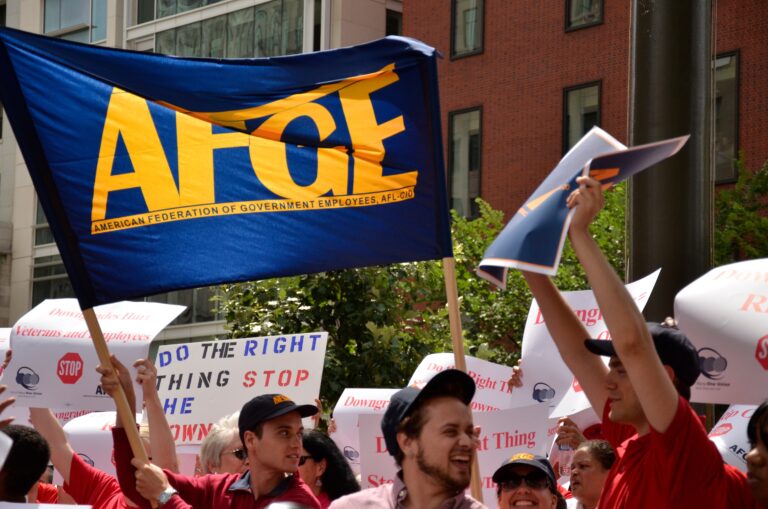Edward Nasser is a student at Harvard Law School.
Over the last few weeks, Walmart announced plans to lean more heavily on automation and the gig economy, reports The Atlantic. The piece discusses two ways by which employers, like Walmart, keep wages down. First, by creating platforms for gig workers that allow employers to easily shop for labor. Second, by cutting its workforce down to a smaller, better-trained group that will be supplemented by gig workers and automation. One interesting note: the growth of flexible work arrangements, which include crowdsourcing platforms like Uber as well as freelancers and independent contractors, account for 94 percent of the net employment growth in the U.S. from 2005 to 2015.
Juli Briskman, the Virginia woman who lost her job after she was photographed giving the finger to President Trump, sued her employer, reports The New York Times. Her employer, a government contractor fearing retaliation from the Trump administration, made her resign for violating the company’s social media policy by sharing the photo on her personal Facebook page. Her complaint alleges that the gesture was “core political speech” protected by Virginia law and the Constitution.
The New York Times reports that the restaurant industry is facing a labor shortage. Employers have been forced to use creative means to recruit and retain employees, like repayment for culinary-school tuition, hiring formerly incarcerated persons as kitchen assistants, and using events like tequila-tasting seminars, flexible schedules and a promise of faster promotion. The Trump administration’s aggressive stance on immigration has played a part in the shortage, as restaurants are more weary to hire undocumented immigrants.
A group of unions is urging companies to reveal how they are spending the windfall from this year’s tax cuts, reports The Washington Post. The group, which includes the Teamsters, the Service Employees International Union, the Communications Workers of America, and the American Federation of Teachers, say that tax cuts have not translated into higher wages like the Trump administration promised. The most concrete result thus far has been an increase in large company’s buying back their shares, though an increasing number of small businesses report plans to raise wages in the future.






Daily News & Commentary
Start your day with our roundup of the latest labor developments. See all
December 8
Private payrolls fall; NYC Council overrides mayoral veto on pay data; workers sue Starbucks.
December 7
Philadelphia transit workers indicate that a strike is imminent; a federal judge temporarily blocks State Department layoffs; and Virginia lawmakers consider legislation to repeal the state’s “right to work” law.
December 5
Netflix set to acquire Warner Bros., Gen Z men are the most pro-union generation in history, and lawmakers introduce the “No Robot Bosses Act.”
December 4
Unionized journalists win arbitration concerning AI, Starbucks challenges two NLRB rulings in the Fifth Circuit, and Philadelphia transit workers resume contract negotiations.
December 3
The Trump administration seeks to appeal a federal judge’s order that protects the CBAs of employees within the federal workforce; the U.S. Department of Labor launches an initiative to investigate violations of the H-1B visa program; and a union files a petition to form a bargaining unit for employees at the Met.
December 2
Fourth Circuit rejects broad reading of NLRA’s managerial exception; OPM cancels reduced tuition program for federal employees; Starbucks will pay $39 million for violating New York City’s Fair Workweek law; Mamdani and Sanders join striking baristas outside a Brooklyn Starbucks.